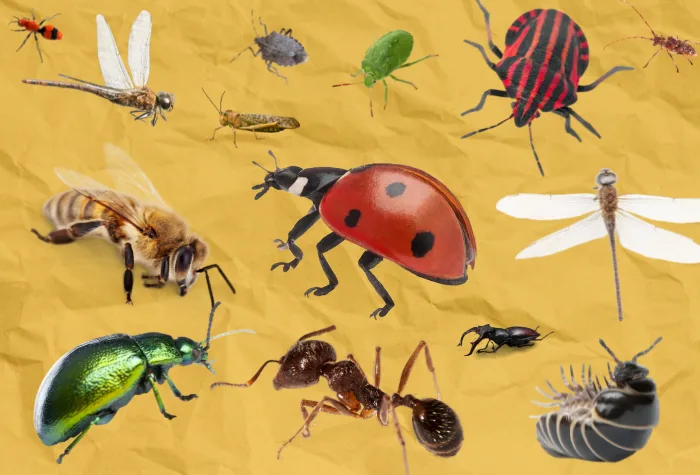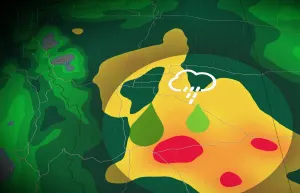
Don't fear the creeper: Learning to live with tiny creatures
Can't we all just get along?
You can look the other way, but that doesn't change the fact that creatures that buzz, creep, and crawl, are everywhere.
Earth is home to about 10 quintillion insects. That's a 10 - followed by eighteen zeros.
And this number excludes spiders, mites, and ticks, which are arachnids. Fun fact: Millipedes and centipedes aren’t insects, and neither are snails but some of us lump all of the above into the same category.
You may not like the look of these creatures. They may even scare you - but many are here to help. Some, like beetles and ants, deposit nutrients into soil. Others - like pillbugs clean up dead leaves. Some are predators, like our friend the praying mantis, and others, like aphids, are prey to numerous larger species.
Even the spiders and centipedes that get into your home can be beneficial because they help control the populations of other tiny, uninvited house guests.
"What is a pest? It is anything that disagrees with us," Jeremy McNeil, a professor in the Department of Biology at the University of Western Ontario, tells The Weather Network.
"There's no definition other than: 'I don't like them.' We've got to get over it that every insect, just because I don't like it, is a pest. And we need to have a little bit more understanding."
When we consider the work insects and other small creatures do to aid with decomposition, infestation control, and pollination, their global economic value is hard to quantify. But the takeaway is – we need these tiny workers. And with more than 40 per cent of known insect species in decline and a third endangered, we’d all be in a better position if we reframed our negative associations with insects and other small, related species.
Thumbnail: custom image made by Cheryl Santa Maria. All graphical elements courtesy of Canva Pro.










